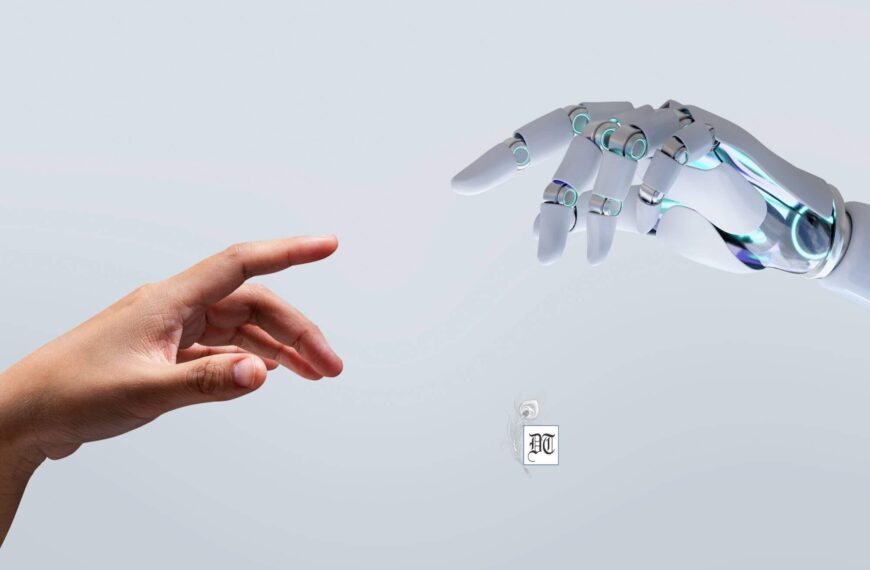Hoarding is human impulse. The digital generation, as this generation is called, often downloads books, texts, pix, etc, which they might not refer to later. They are thus creating digital waste. Soumitra takes a hard look at the possible menace of the digital waste in his tongue-in-cheek approach.
I am a hoarder. I hoard books. My book-buying spree is a rather impulsive reaction, and has a caffeine-like
effect on me. Characterised by a spurt, it follows a vigorous action of buying /hoarding which tapers off into a lull, only to be replaced by guilt and animpotent promise, hurriedly made thereafter. Those, afflicted by a similar OCD would realise that one cannot be (easily) cured of this. Bankruptcy, or an early grave – whichever is earlier – are the only known remedies that are known to arrest this inevitable downslide to absolute financial ruin.
Today, there’s a growing tribe of readers who prefer the digital format, and are bringing about a disruption in ways books are sold and read. Curiously enough, there are hoarders in this category as well. Just like I will not read most of the books that I have bought in my lifetime, these readers will also not read (or even skim through) all the digital versions they have downloaded. I wonder if this realisation has dawned upon them already. This idea of ‘wastage’ may be extended to applications as well. Apps, as they are ubiquitously known. The omnipresent power, the (in)visible hand that controls every waking hour, and otherwise. In terms of computing power, arguably, smartphones will very soon overtake the power of supercomputers of the past, only to corroborate Moore’s Law once again.

Devices will simply have to be faster and lighter, to be able to keep pace with (un)reasonable consumer demand. This is perhaps the first generation of Indians, who have access to more powerful technology in their personal lives, than they do in their professional arena. To give you an example, they probably own smartphones which cost anything upwards of 20 K INR, visual treatset al, as much as technological marvels. Laptops provided by offices look ugly, chunky and ineffective, in comparison. You cannot impress this generation enough with technology. A natural outcome of abundance is always wastage. It’s common enough to see users downloading material that might not be referred afterwards, clicking photos by the hundreds which will simply come to occupy a part of the hard disk (just like books occupy shelf space) but will not gather dust. The closest it’d come to, is the image getting “corrupted” which by no meansis about casting aspersions on moral standards.
Work expands to fill the allotted time, and on similar lines, technology will simply have to keep pace with all this wastage. This generation of users cannot accept the fact that there isn’t enough ‘space’ in their devices or mortal excuses like bandwidth being slow. Software and hardware developers also function within this frame. They know, excellence is only a bar which on achievement, is raised a notch higher. Now the question that remains is where will all this lead us to?
Imagine the time we first had mobile devices in our lives. It was a massive looking device that could double up as a murder weapon (hand grenade?). It could do three things effectively. One, it could be used to make a call. Two, would you believe it, the same device could receive calls as well but not without frequent drops. And three, it could also be used to send short messages, which came to be known as SMS much later. At that point in time, as it is even today, humans were not satisfied with what they had achieved. How the mobile phones – the early Nokia 1100s, transformed into powerful gadgets that have enslaved us, is now folklore. Happily following the Pied Piper, that’s us.

Human wants are insatiable. At a personal level it might work at cross purposes and lead us to greed and disaster, but as a race, it is much desirable a quality to have. Human progress that’s being made by leaps and bounds – especially in technology – is only because we are never quite satisfied with what we have. There’s a tear away need to keep inventing things which are better, faster, stronger and so on. If ever human needs are to be satiated, it will spell the death knell for future inventions. Wastage is just another by-product that will tag along. There isn’t much that we can do about it. Thankfully, digital wastage, at least at the level of software does not harm the environment as much. However, better devices would mean discarding the older ones which leads to e-waste.
It’s a trade-off that future generations will have to decide on.
Pix from Net


 By
By


Funny and timely! Even the clouds are now cluttered with ‘backed-up’ files …err, waste. ?